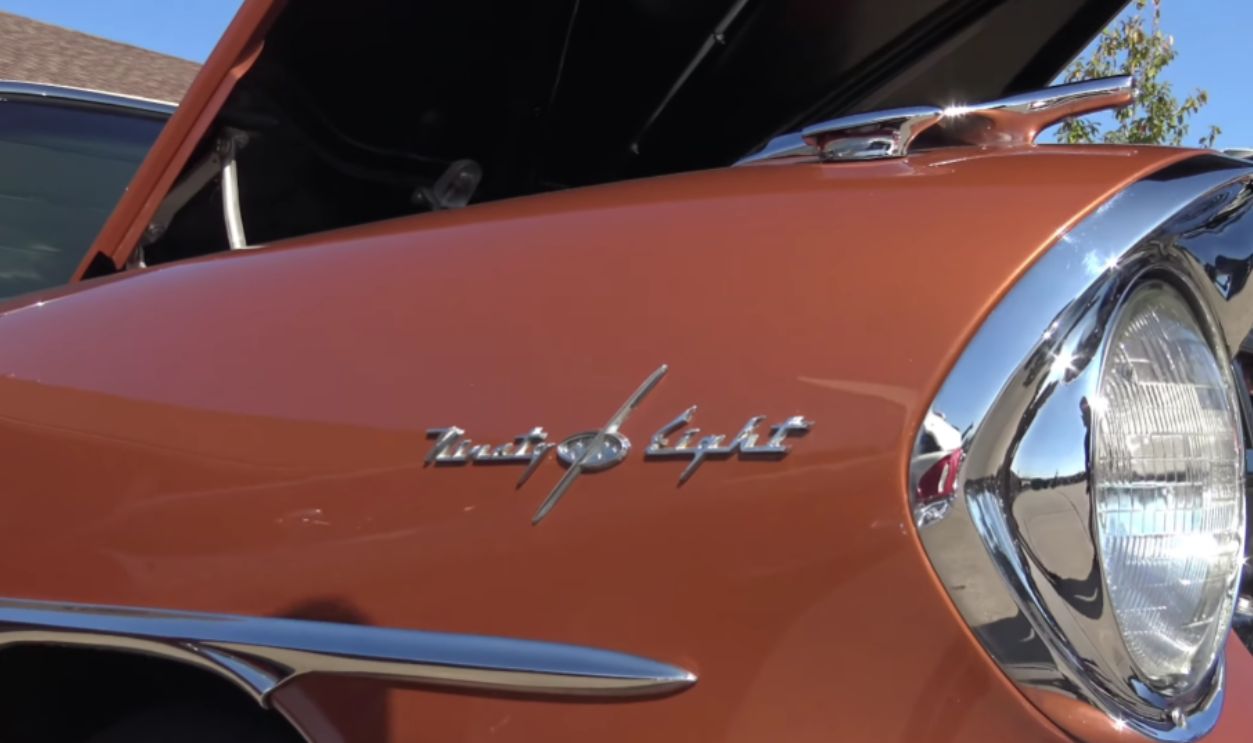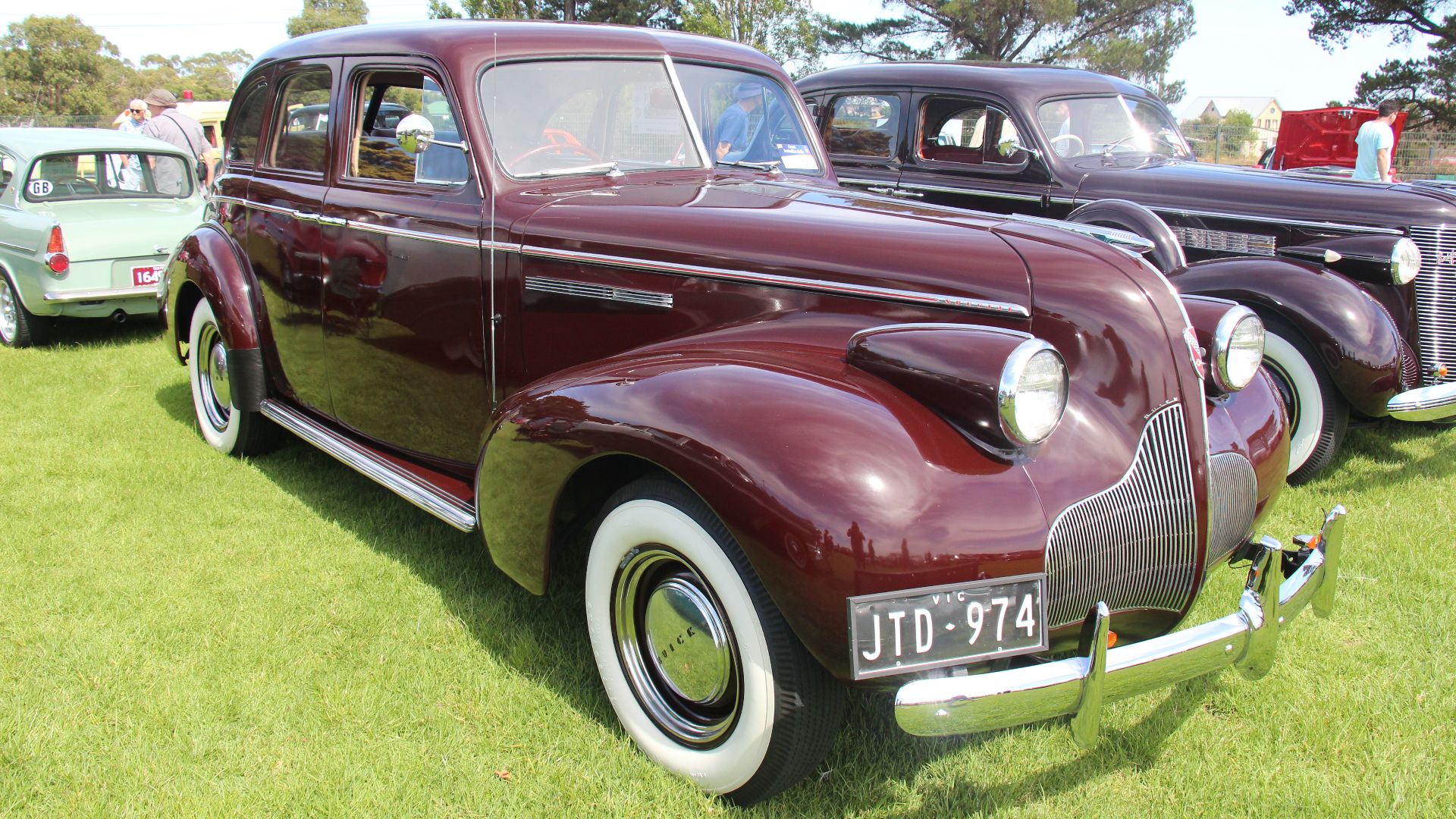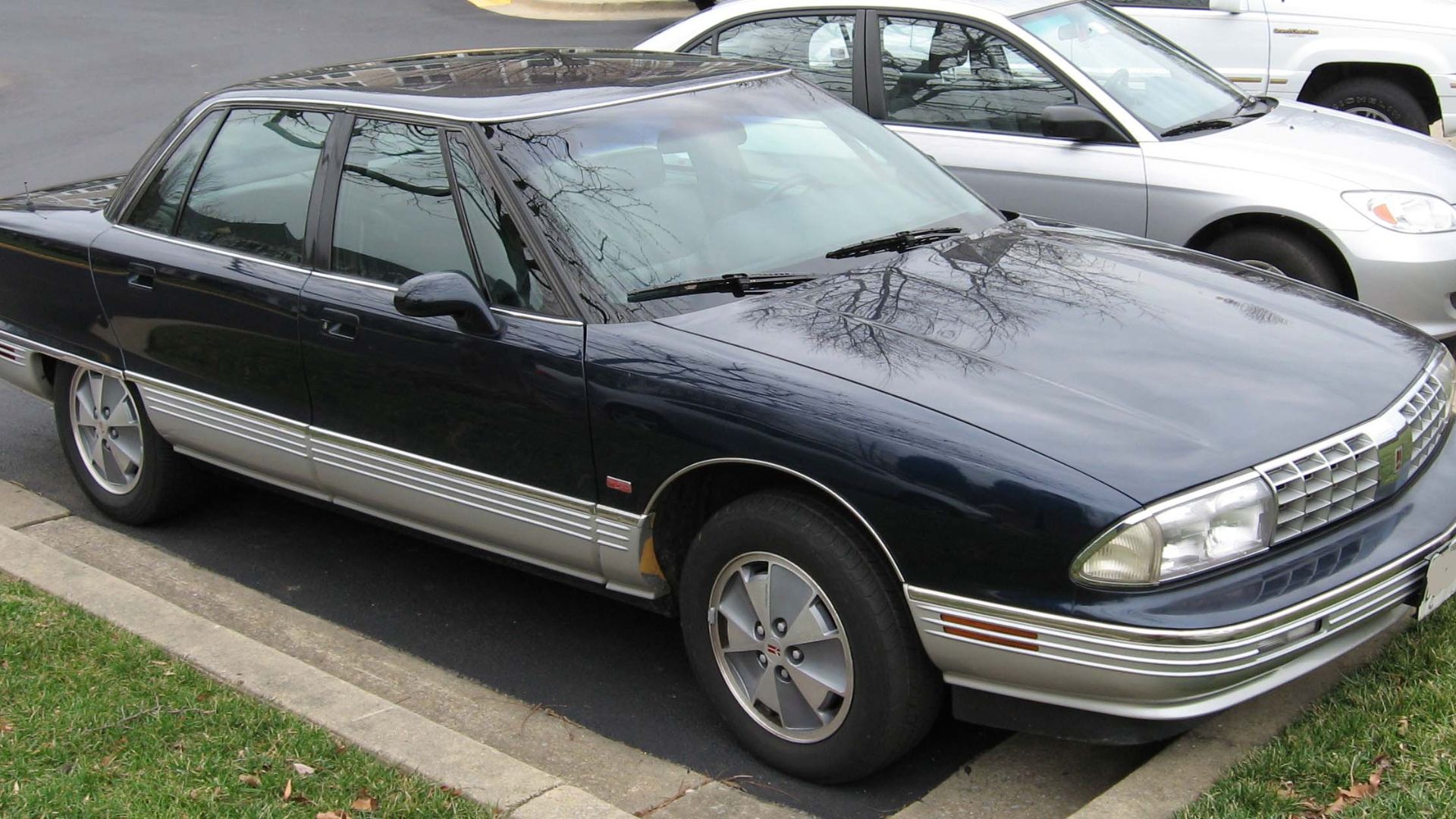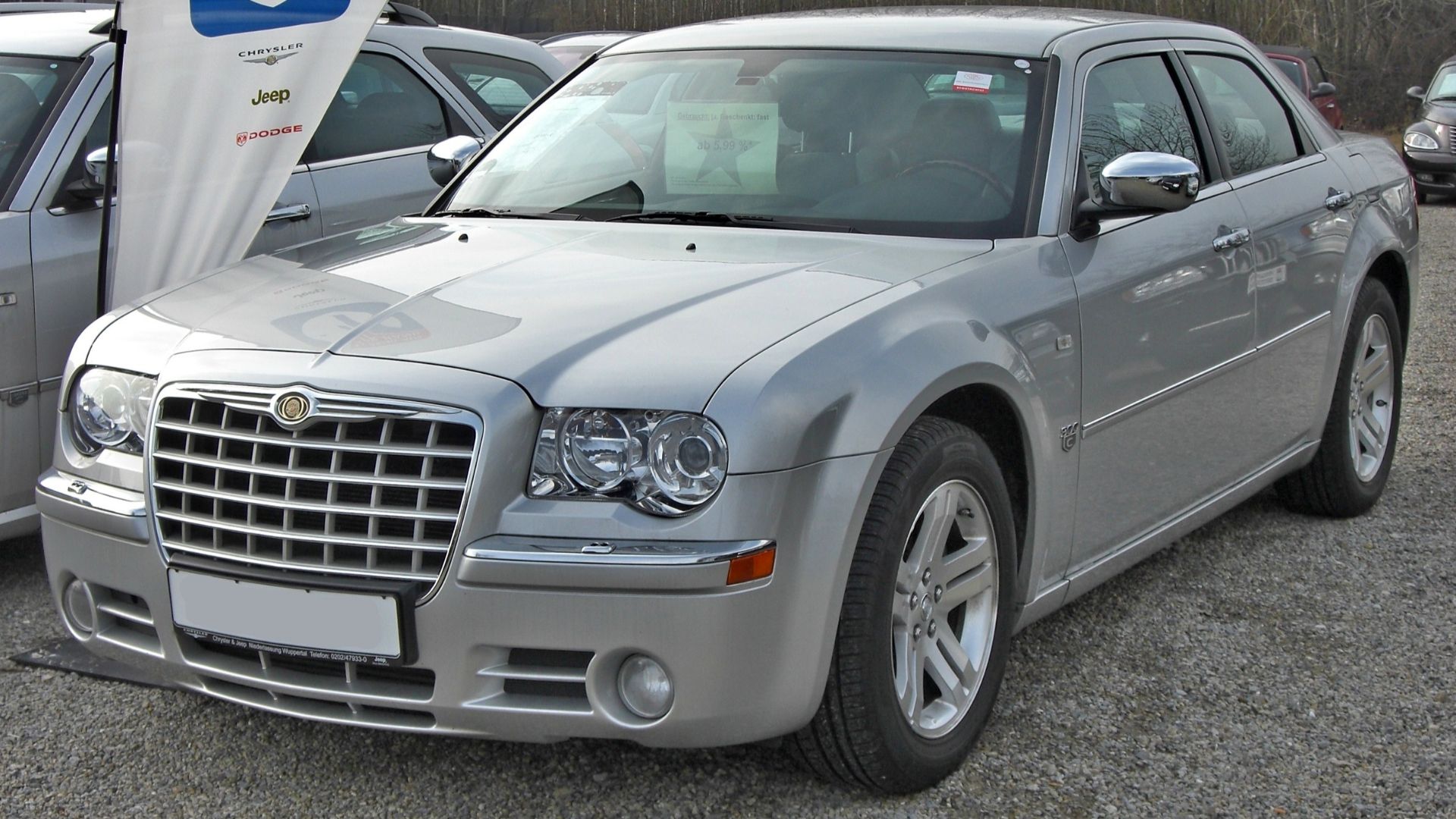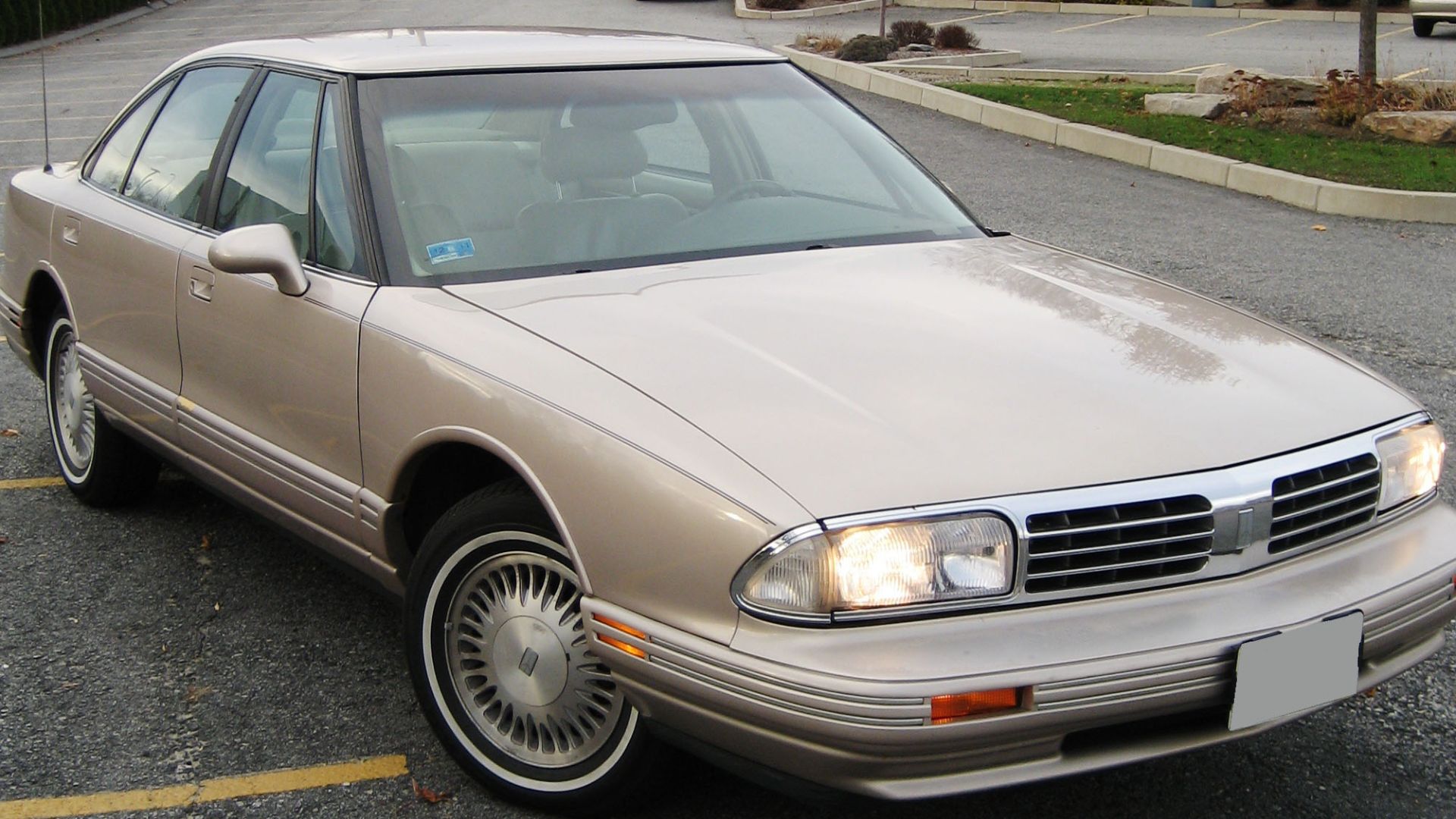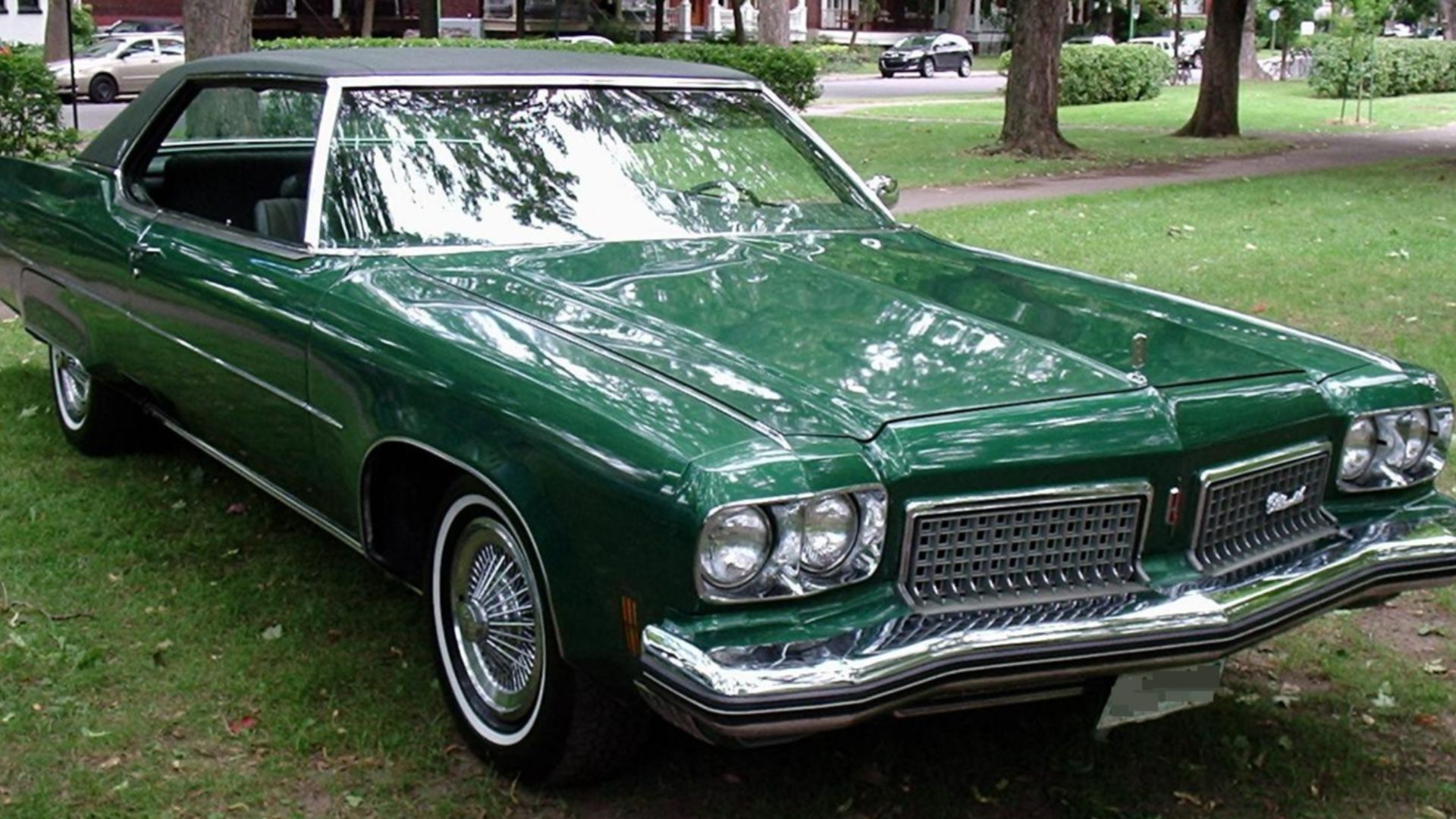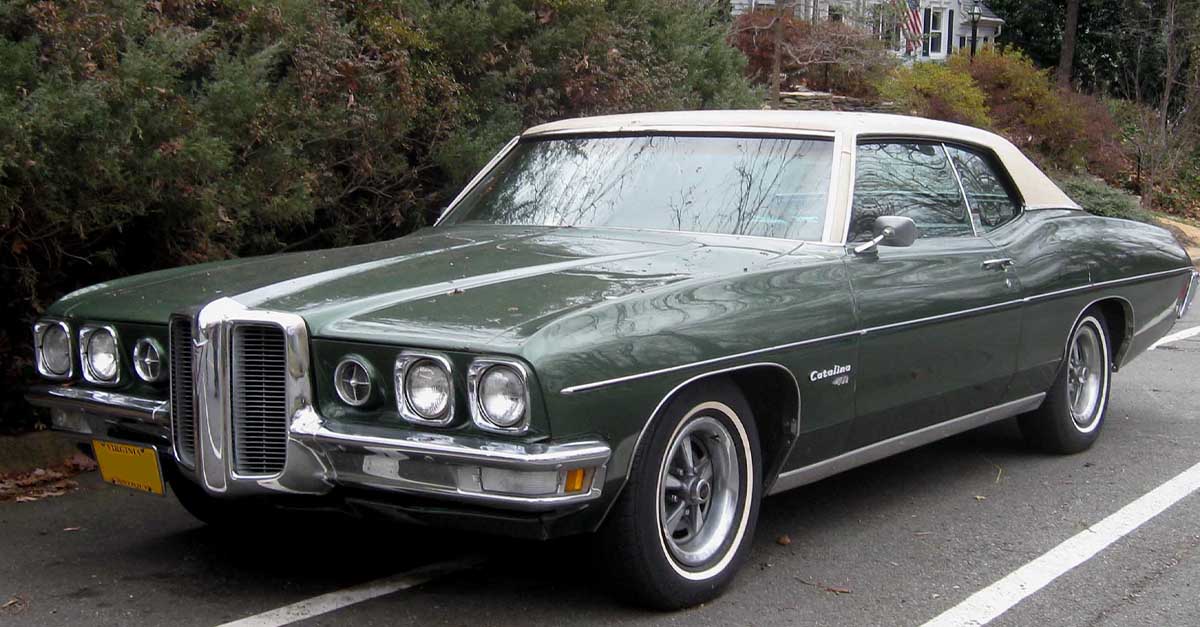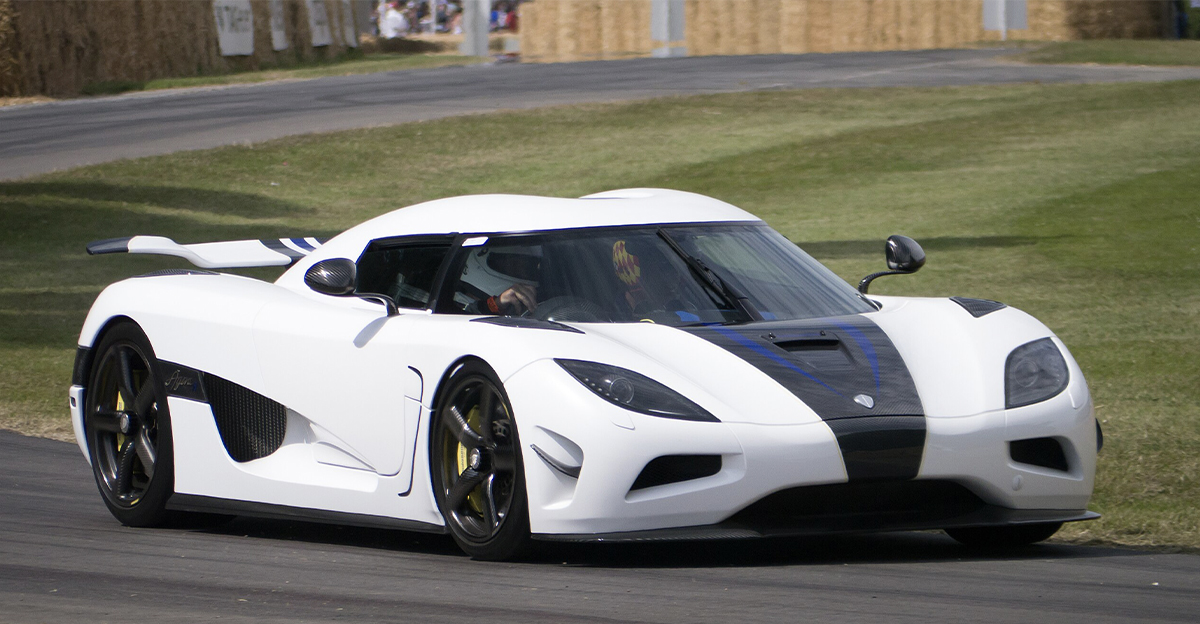How A Simple Number Made Oldsmobile A Legend
Two digits changed how Americans viewed automotive prestige. Car lovers have whispered about it for decades—the cryptic number that crowned Oldsmobile’s most prestigious model. Behind the “98” lies a story of engineering logic and a legacy that still turns heads.

A Number That Sparked Curiosity
For decades, car fans have wondered why Oldsmobile’s luxury flagship carried the mysterious “98” badge. This number symbolized hierarchy and status within General Motors. The name represented power and prestige, leaving many to dig deeper into the math and meaning behind that iconic two-digit title.
The Birth Of A Name Before The War
The “98” story began in 1941, when Oldsmobile announced its top-tier model built on the Series 90 chassis. America was on the brink of war, but automakers still competed fiercely for luxury buyers. That first Oldsmobile 98 marked the brand’s push to place itself alongside Buick and Cadillac in refinement.
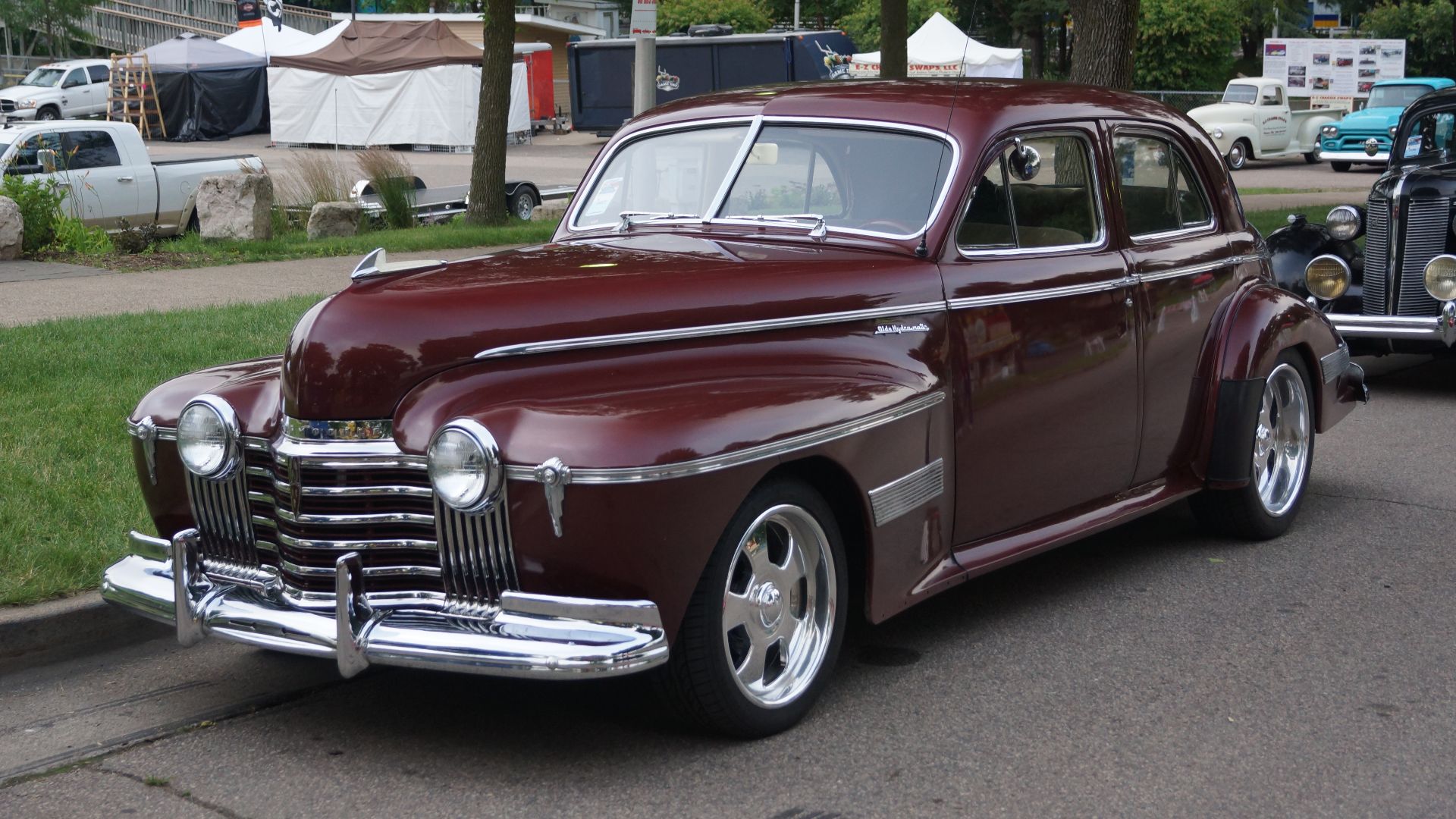 Greg Gjerdingen from Willmar, USA, Wikimedia Commons
Greg Gjerdingen from Willmar, USA, Wikimedia Commons
Why Oldsmobile Needed A Flagship
During the late 1930s, Oldsmobile was caught between affordability and luxury. It needed a halo car to assert prestige. The 98 filled that gap by showing Oldsmobile could blend Cadillac-like comfort with engineering innovation. Its debut helped rebrand Oldsmobile from a middle-market name to a full-fledged luxury contender.
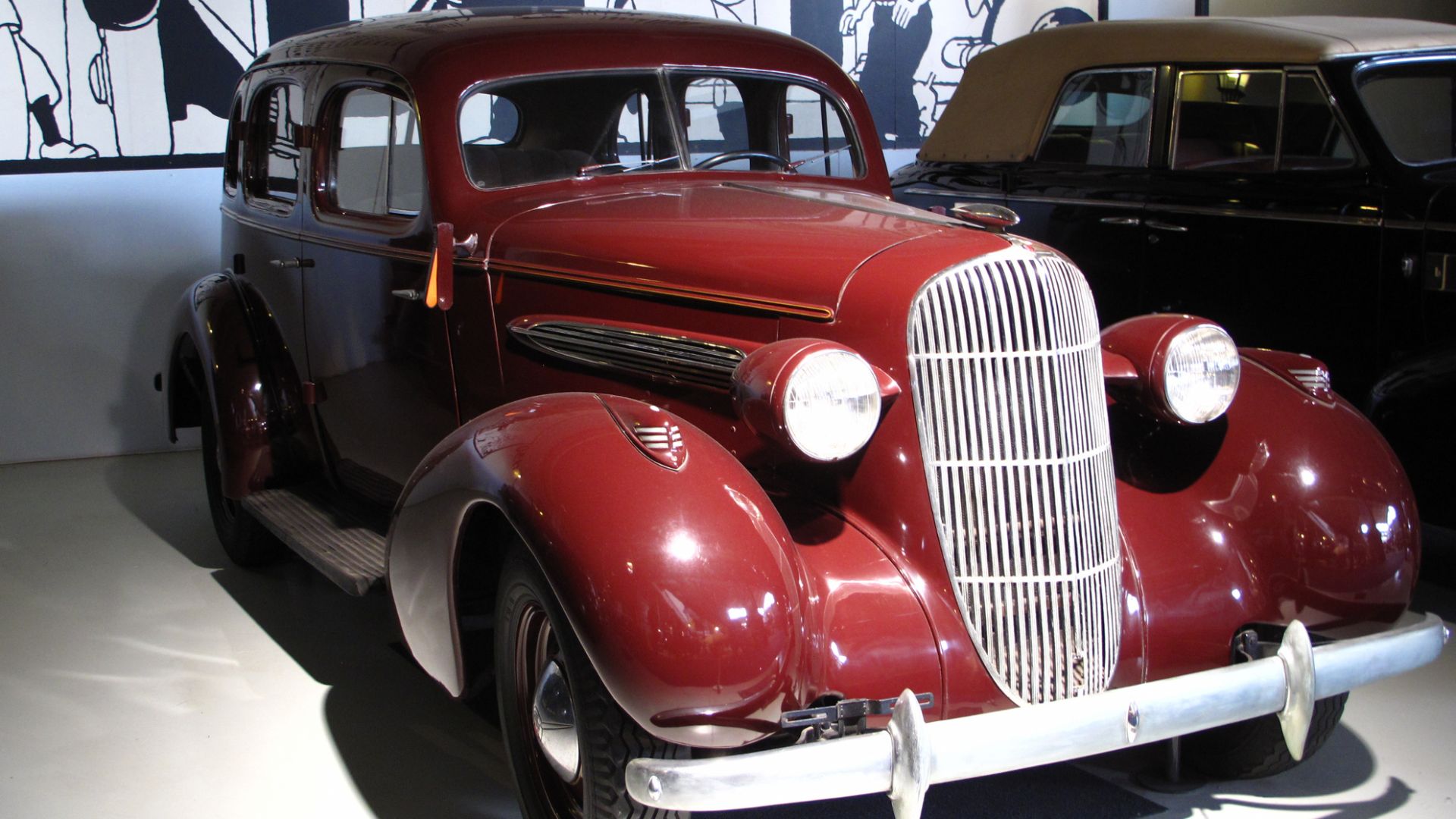 Rutger van der Maar, Wikimedia Commons
Rutger van der Maar, Wikimedia Commons
The Secret Behind The “90” In 98
Oldsmobile’s prewar lineup used a numbering system to define model classes. The “90” referred to the brand’s largest and most advanced body platform, essentially its premium Series 90 chassis. Every model built on it had extended wheelbases and upscale materials, which made it the natural foundation for the flagship.
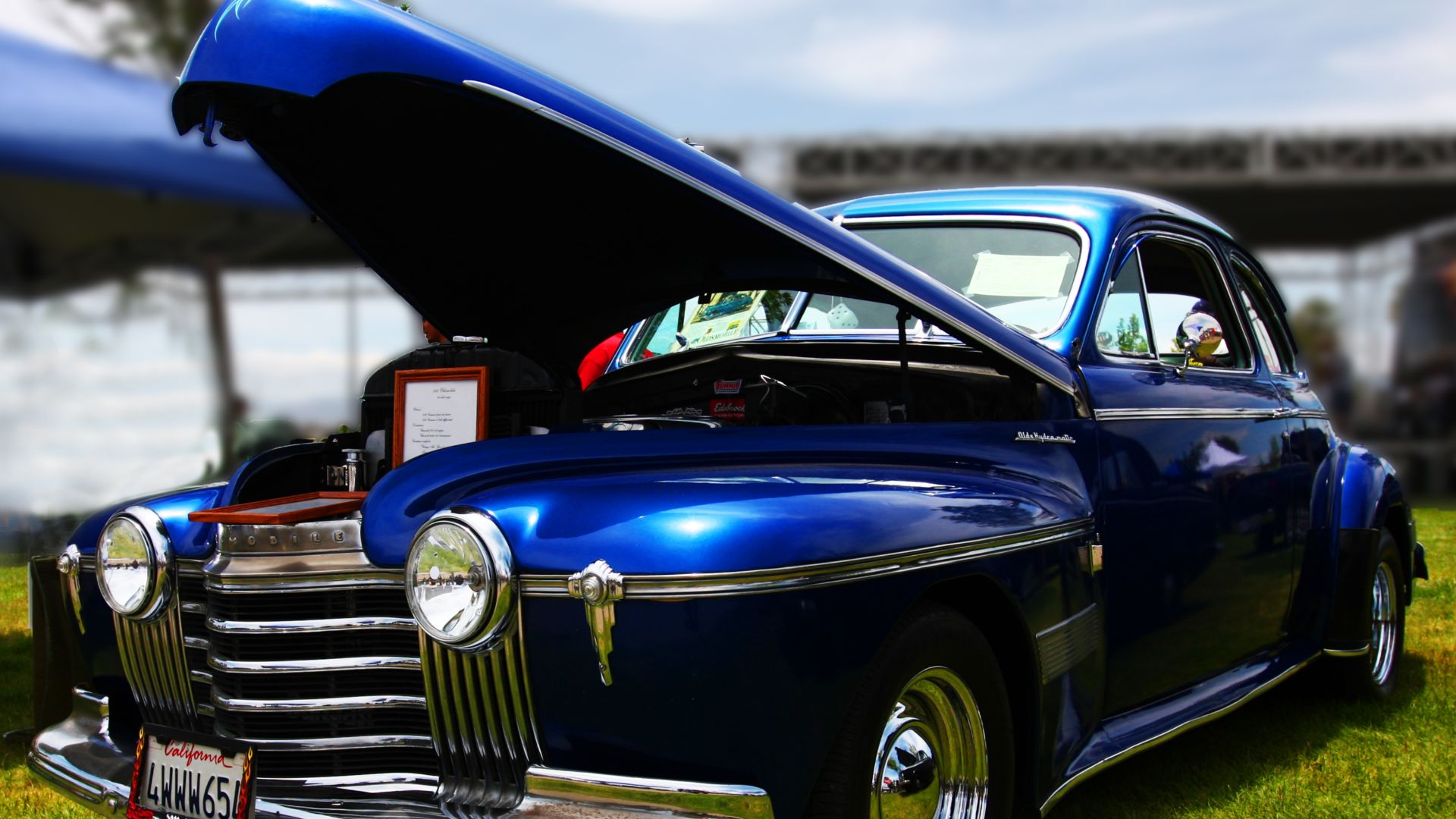 Rennett Stowe from USA, Wikimedia Commons
Rennett Stowe from USA, Wikimedia Commons
The Power Hidden In The “8”
The second digit revealed the car’s engine might. The “8” in “98” meant it housed Oldsmobile’s largest eight-cylinder powerplant, then a mark of serious performance. Pairing the “90” chassis with an inline-eight created the top-tier “98,” a coded message to buyers that this was the ultimate Oldsmobile of its time.
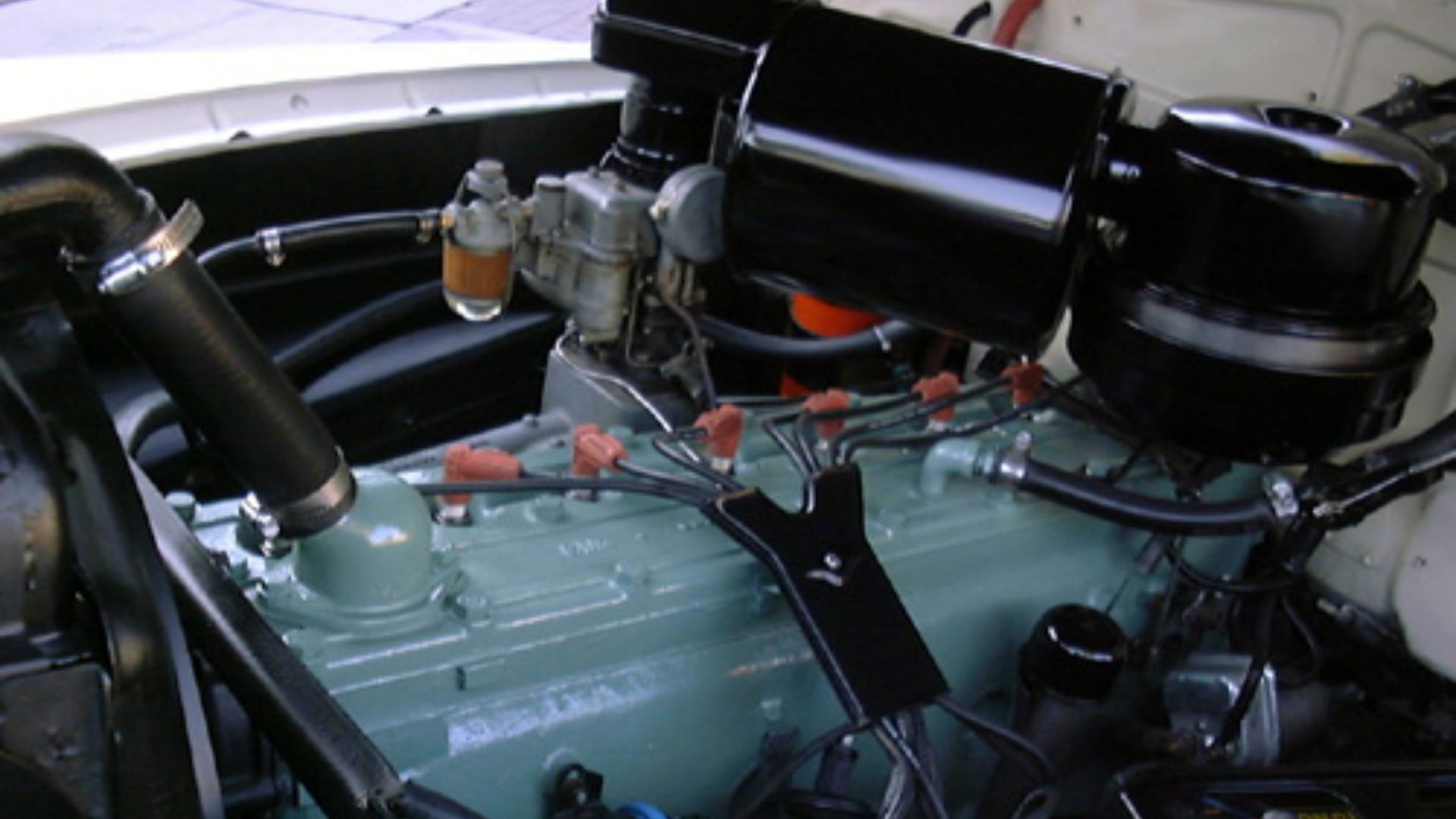 The original uploader was Morven at English Wikipedia., Wikimedia Commons
The original uploader was Morven at English Wikipedia., Wikimedia Commons
Born From Engineering Logic
Oldsmobile’s use of numbers wasn't a marketing flash. It was internal shorthand that told informed buyers exactly what they were getting. The “98” indicated the best combination of size and trim. In an age before badges screamed horsepower, numbers quietly told the story of mechanical excellence.
 1941 Oldsmobile 98 Phaeton- Gateway Classic Cars of Detroit- #1555DET by GatewayClassicCars
1941 Oldsmobile 98 Phaeton- Gateway Classic Cars of Detroit- #1555DET by GatewayClassicCars
When Numbers Spoke Louder Than Names
During the 1930s and 1940s, car names often lacked the bold flair of later decades. Instead, numbers carried weight. Models like Buick’s “Special 40” and Oldsmobile’s “98” reflected order within corporate families. Buyers learned to decode them, reading each numeral as a statement of power and technological advancement.
A Turning Point For Oldsmobile
In 1941, the first Oldsmobile 98 rolled off the line, signaling a new identity for the brand. It combined advanced styling, a 125-inch wheelbase, and Oldsmobile’s first Hydra-Matic automatic transmission. The model arrived just before wartime production halted civilian cars and froze automotive progress for nearly four years.
 1941, Oldsmobile 98 de Luxe - Classic Expo Salzburg 2014 by Automobile Classics
1941, Oldsmobile 98 de Luxe - Classic Expo Salzburg 2014 by Automobile Classics
The Debut Of A True Luxury Contender
That inaugural 1941 98 was elegant. Leather interiors and streamlined Art Deco lines announced its luxury intent. Buyers could choose sedans, coupes, or a rare Convertible Phaeton. With its straight-eight, it balanced power and comfort.
 1941, Oldsmobile 98 de Luxe - Classic Expo Salzburg 2014 by Automobile Classics
1941, Oldsmobile 98 de Luxe - Classic Expo Salzburg 2014 by Automobile Classics
A Look Inside The Engine
Under its long hood sat a 257-cubic-inch L-head straight-eight engine, a miracle of precision engineering for its day. Smooth and dependable, it delivered 110 horsepower through either a manual gearbox or the new Hydra-Matic. That combination gave drivers effortless cruising power.
 Michael Barera, Wikimedia Commons
Michael Barera, Wikimedia Commons
And The Transmission That Changed Everything
Oldsmobile’s Hydra-Matic was the world’s first mass-produced fully automatic transmission, introduced just before the war. It eliminated clutch pedals with seamless shifts through hydraulics and planetary gears. This innovation reshaped driving itself and paved the way for the automatic era that would dominate American roads for decades.
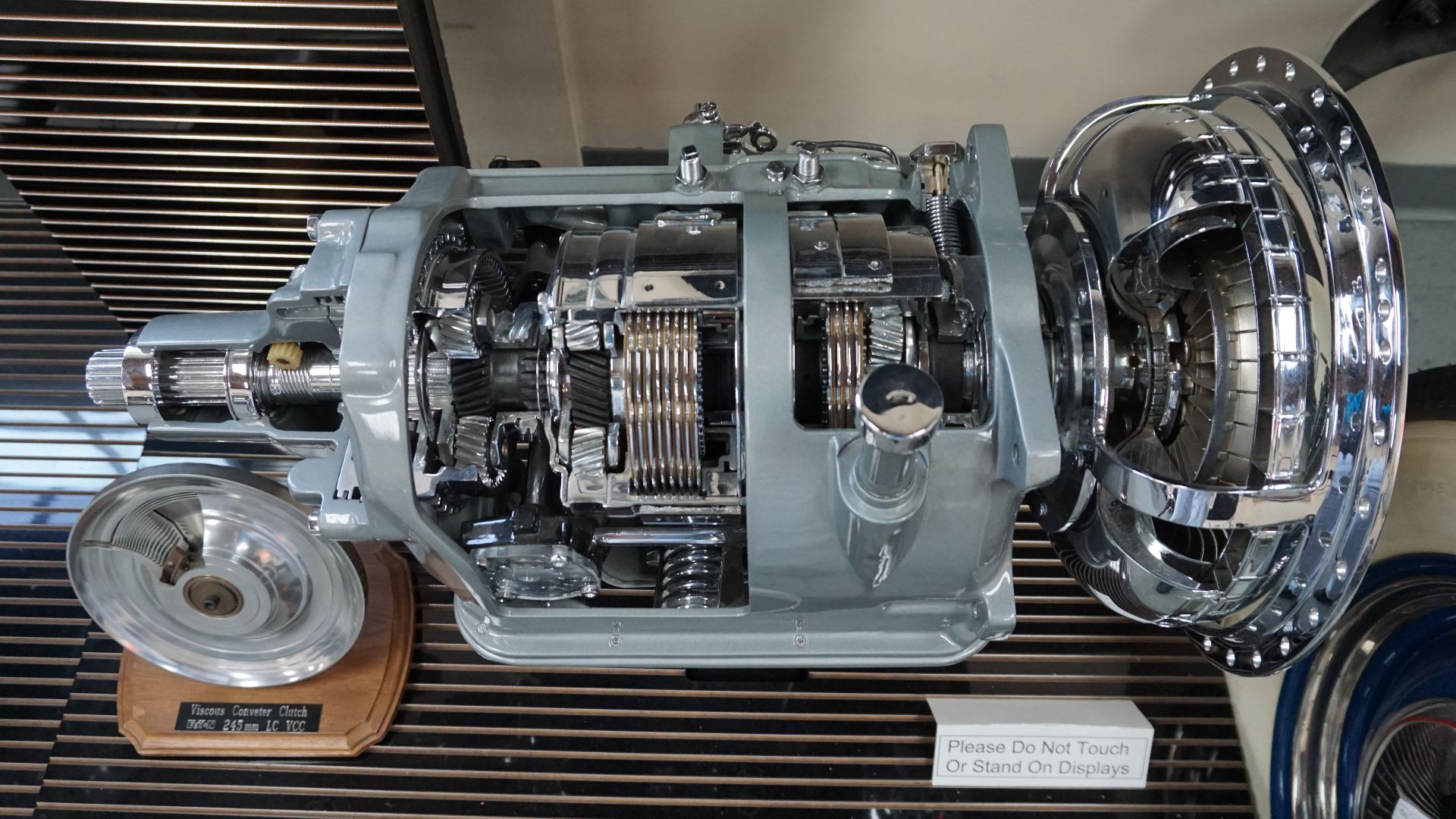 Michael Barera, Wikimedia Commons
Michael Barera, Wikimedia Commons
A Fit For A Postwar America
When car production resumed after WWII, Oldsmobile poured its wartime engineering experience into its creations. The 98 emerged stronger and more refined. Buyers returning from service wanted comfort and technology, and Oldsmobile delivered both. The brand redefined the booming American luxury market of the late 1940s and early 1950s.
 2415 CHA 1946 Olds 98 by Streetside Classics
2415 CHA 1946 Olds 98 by Streetside Classics
When The 98 Found Its Style
In the 1950s, the 98 became synonymous with futuristic design. Sweeping chrome, panoramic windshields, and tailfins mirrored America’s space-age optimism. Beneath the styling, Oldsmobile’s Rocket V8 brought unmatched smoothness and power. The 98 became a statement of confidence and the nation’s growing fascination with innovation.
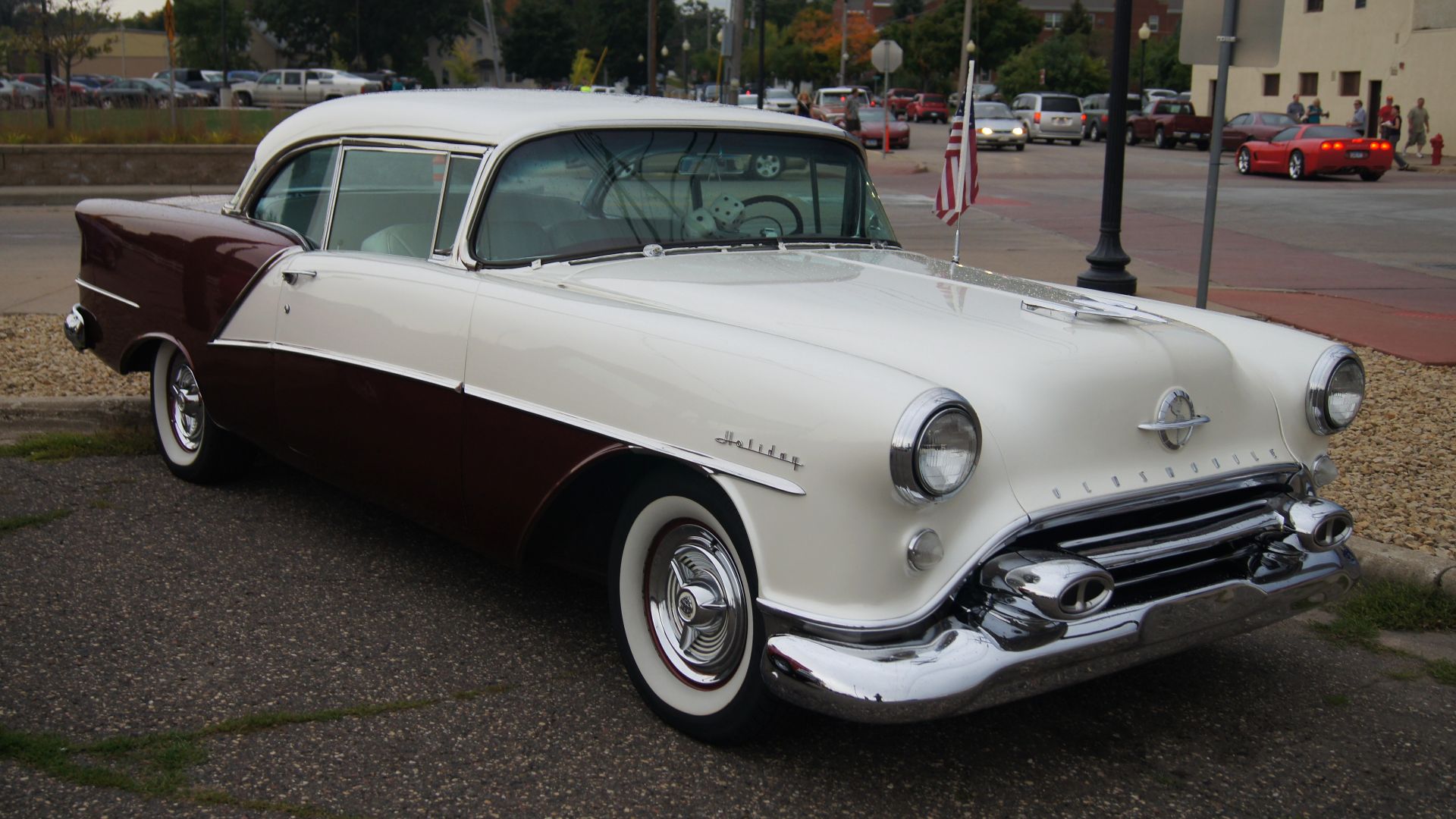 Greg Gjerdingen from Willmar, USA, Wikimedia Commons
Greg Gjerdingen from Willmar, USA, Wikimedia Commons
The Starfire Era And The Golden Age Of Power
The 1957 Oldsmobile 98, dubbed the Starfire in its top trim, represented postwar extravagance. Its 371-cubic-inch Rocket V8 produced up to 300 horsepower with the J-2 option. Power seats and air conditioning showcased Oldsmobile’s daring to rival Cadillac—proving the 98 could merge luxury with thrilling performance.
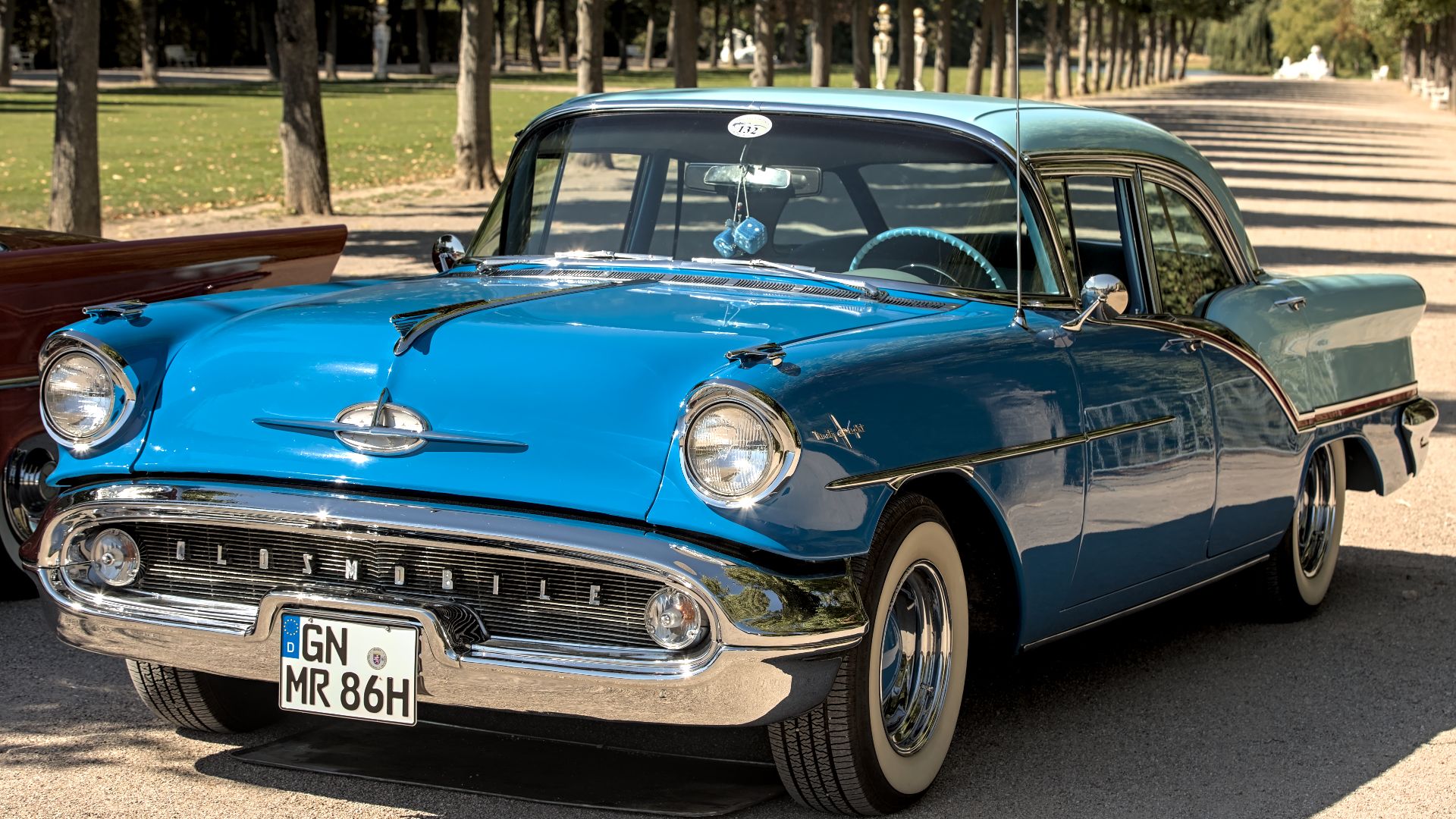 Alexander Migl, Wikimedia Commons
Alexander Migl, Wikimedia Commons
How The 98 Became The Symbol Of Suburban Prestige
By the early 1960s, the 98 became a driveway status symbol. Suburban America embraced it for family comfort and prestige appeal. With electric windows and smooth V8 power, it became a rolling expression of success during the nation’s economic golden years.
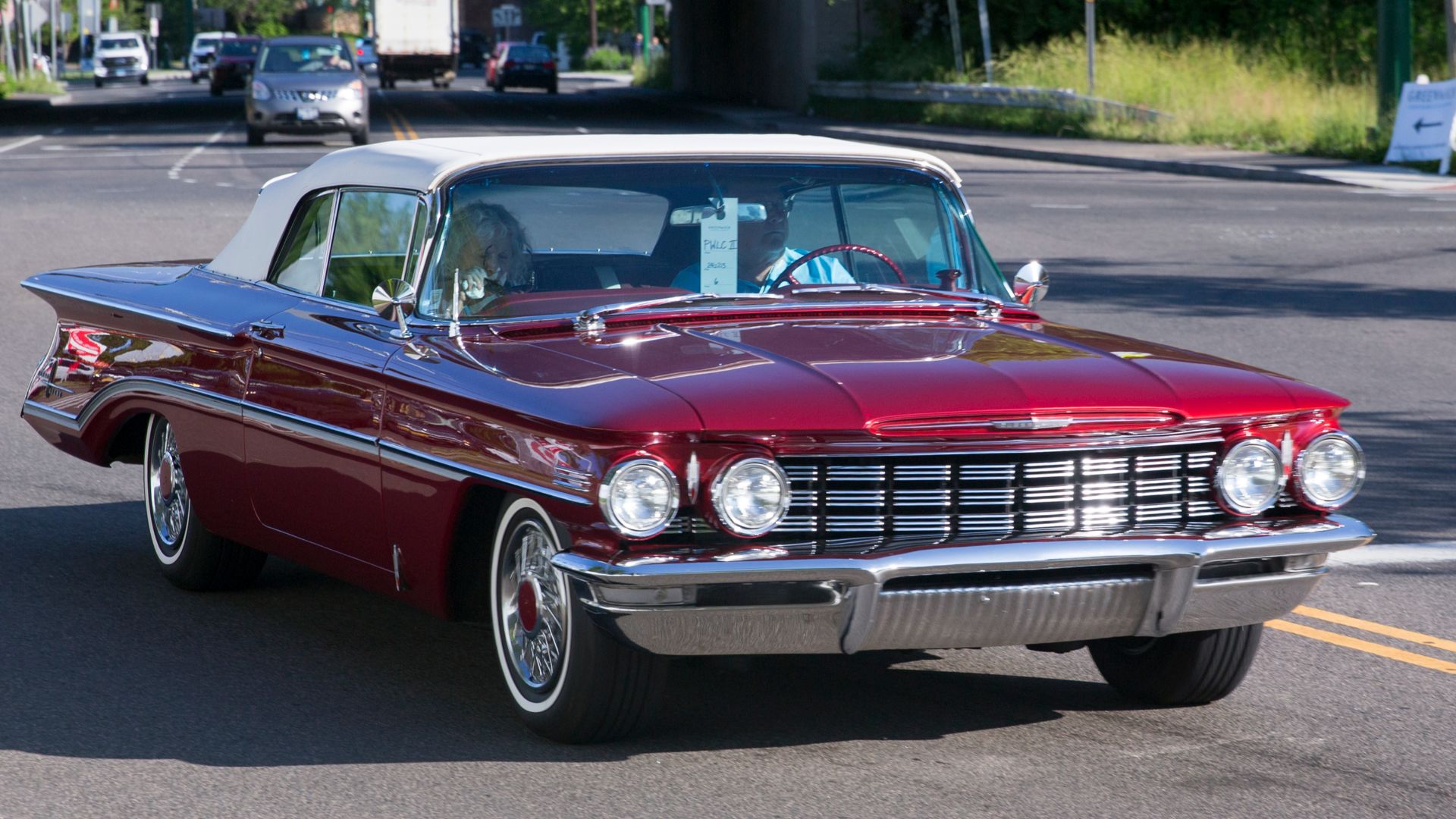 Mr.choppers, Wikimedia Commons
Mr.choppers, Wikimedia Commons
And Bigger Meant Better
As the 1970s arrived, the Oldsmobile 98 reached its largest dimensions ever—over 230 inches long. Built on General Motors’ massive C-body platform, it rivaled Cadillacs in comfort and size. Fuel efficiency took a back seat to grandeur, as Americans associated length and chrome with luxury and achievement.
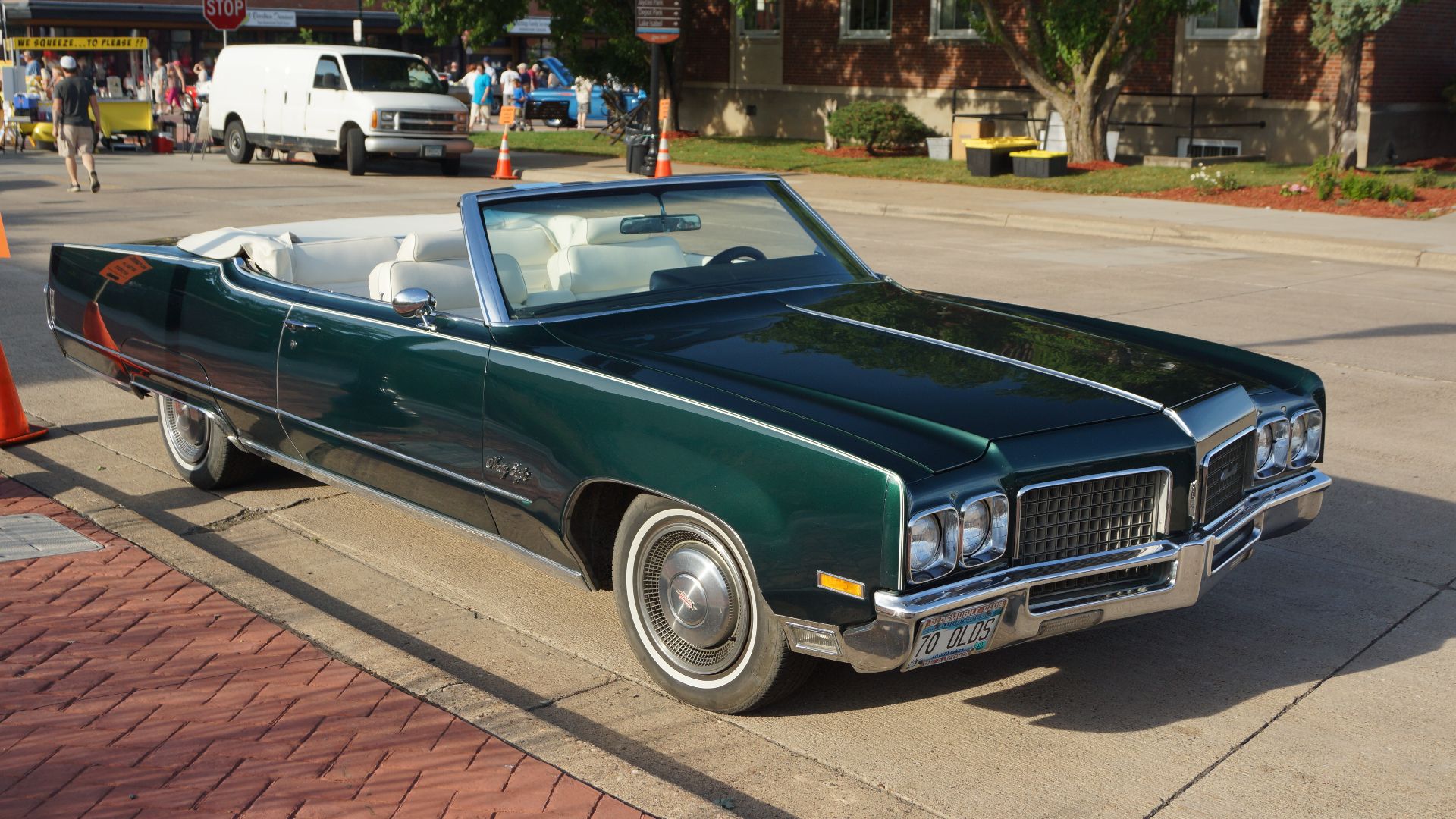 Greg Gjerdingen, Wikimedia Commons
Greg Gjerdingen, Wikimedia Commons
The Name That Survived Twelve Generations
Few American nameplates endured like the 98. From 1941 through 1996, it evolved through twelve generations, adapting to each decade’s design and engineering trends. Despite changing engines and market shifts, “98” remained the constant badge of Oldsmobile excellence.
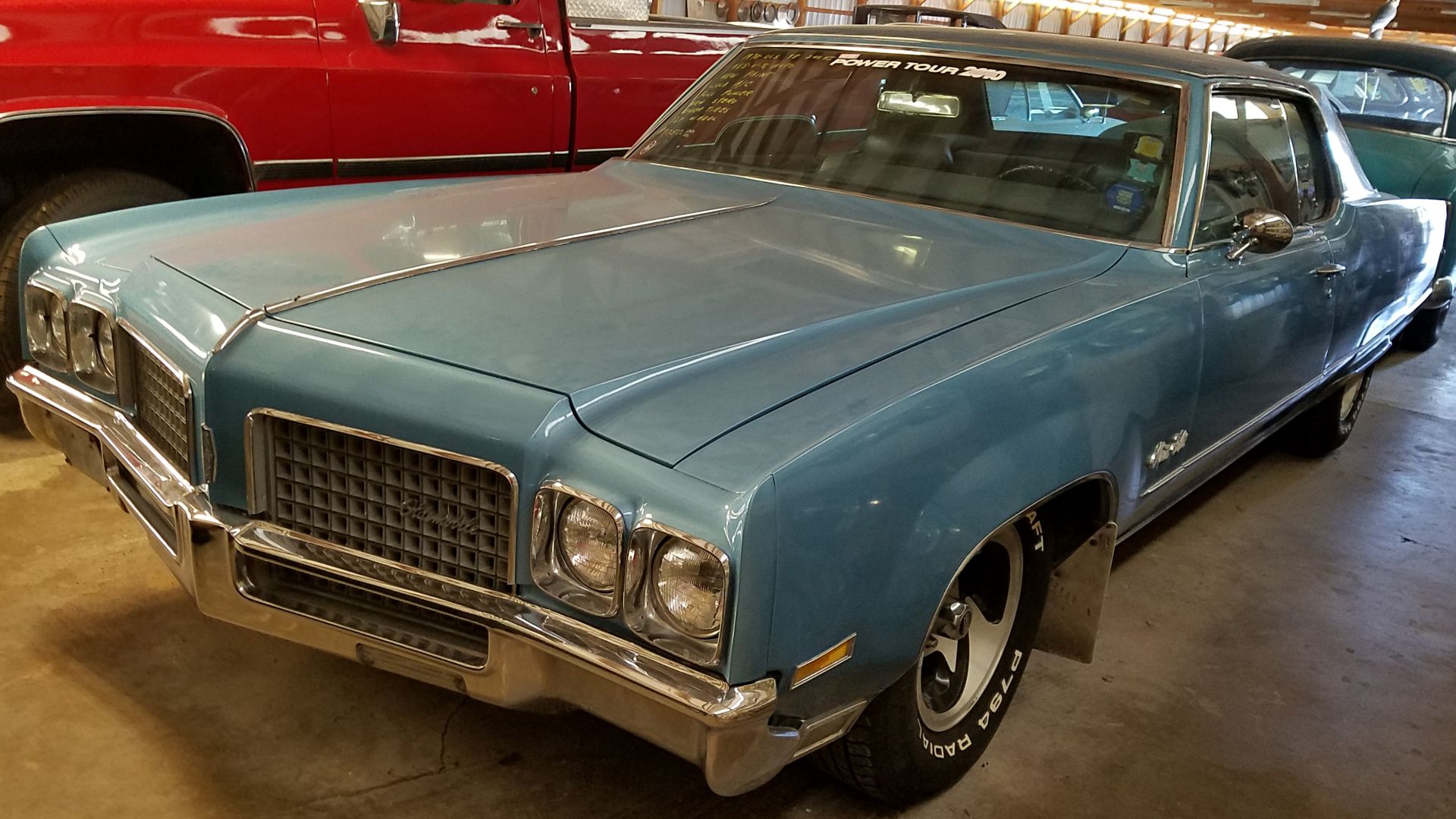 Ryan Hildebrand, Wikimedia Commons
Ryan Hildebrand, Wikimedia Commons
Although Oldsmobile Almost Dropped The “98” Label
Many don’t know that Oldsmobile executives debated replacing “98” with the flashier “Custom Cruiser” name in the late 1940s, believing numbers felt impersonal. But dealers and buyers disagreed—the numeric badge carried recognition. Public preference kept “98” alive by cementing it as Oldsmobile’s symbol of prestige long before marketing trends favored emotional branding.
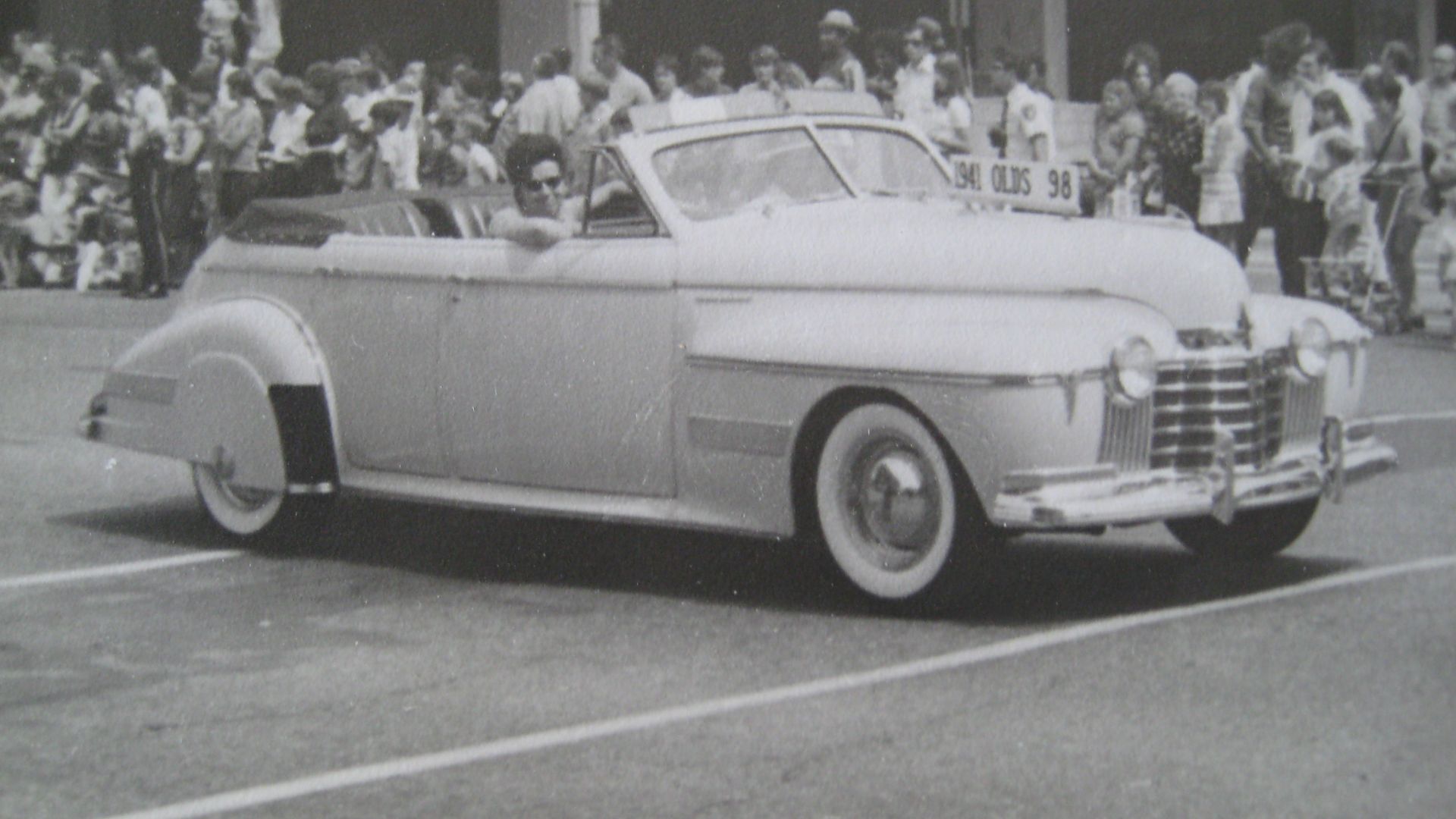 JOHN LLOYD from Concrete, Washington, United States, Wikimedia Commons
JOHN LLOYD from Concrete, Washington, United States, Wikimedia Commons
What Kept The Badge Alive For Over Half A Century
What preserved the “98” name through oil crises and economic shifts was consistency. Each generation promised quiet power and advanced engineering. From Hydra-Matic transmissions to computer-controlled fuel injection, Oldsmobile used the badge to signal technological progress.
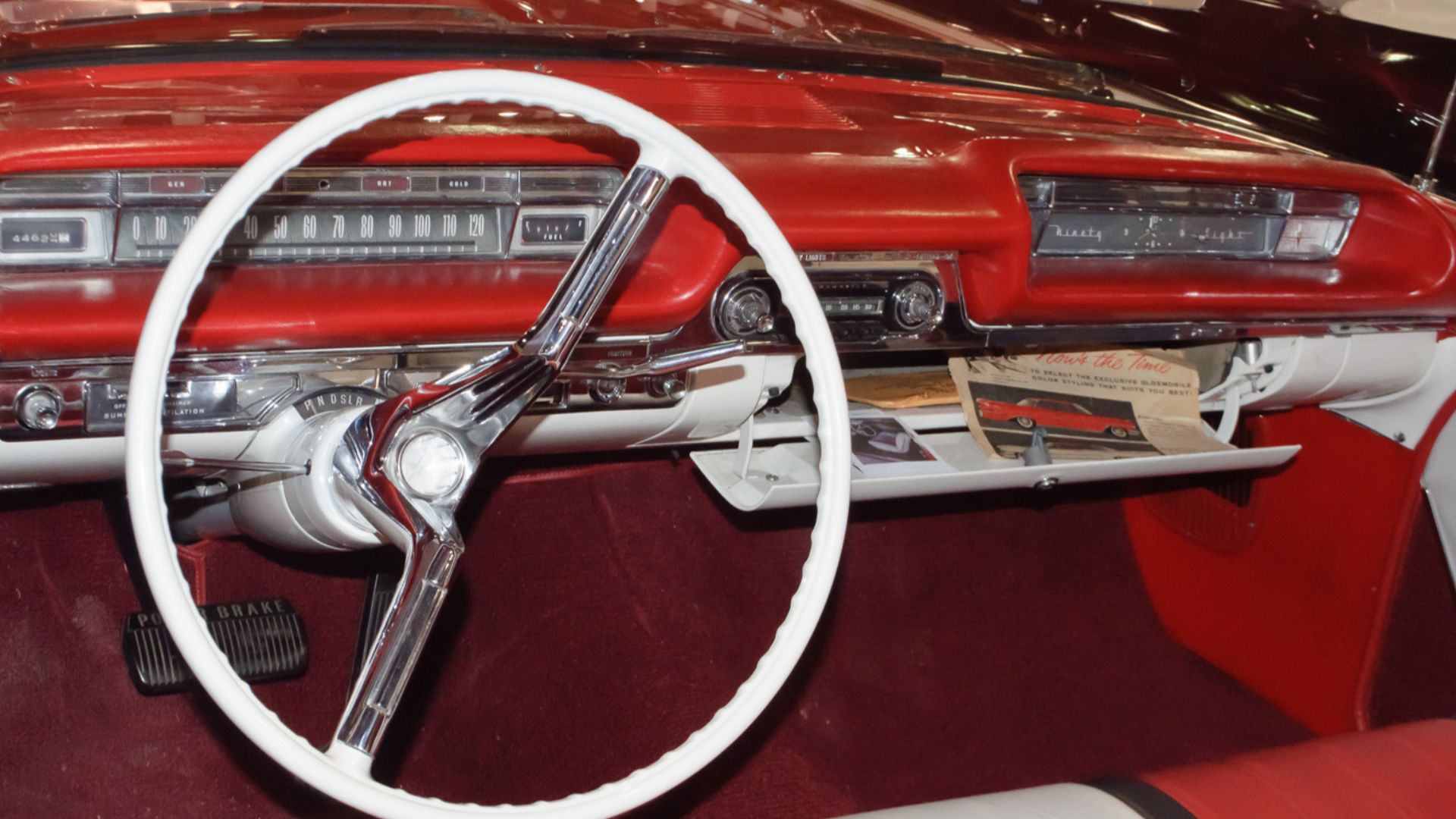 InSapphoWeTrust from Los Angeles, California, USA, Wikimedia Commons
InSapphoWeTrust from Los Angeles, California, USA, Wikimedia Commons
The 98 In Its Final Years
By the 1980s and 1990s, the 98 embraced modern technology. Digital dashboards and improved fuel economy marked a shift from muscle to refinement. Though smaller, it retained its smooth ride and comfort. The model adapted gracefully to changing times while honoring its luxury lineage one last time.
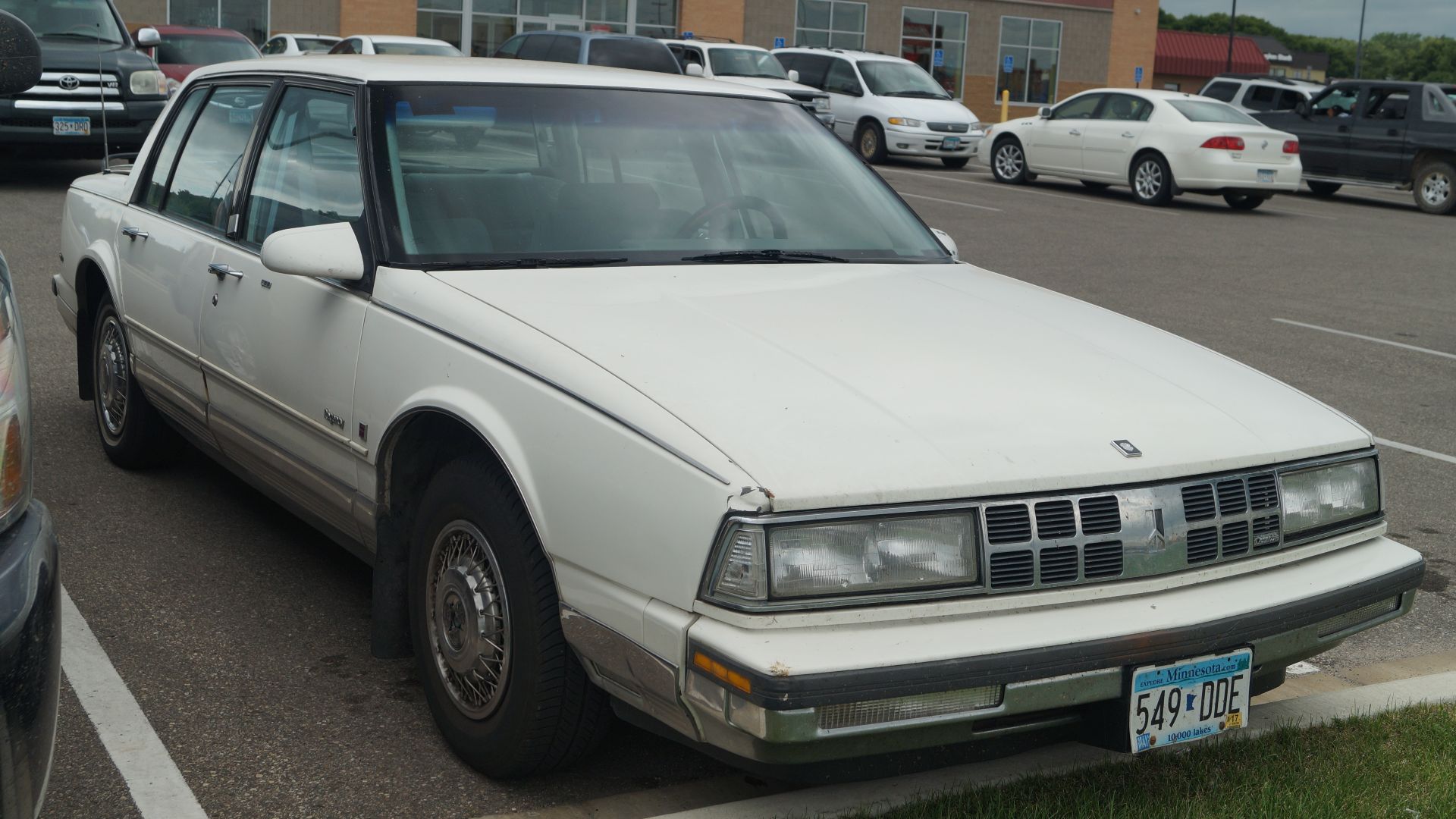 Greg Gjerdingen from Willmar, USA, Wikimedia Commons
Greg Gjerdingen from Willmar, USA, Wikimedia Commons
The End Of An Era In 1996
The 98 bowed out in 1996 after 55 years of production. It was replaced by newer models chasing contemporary trends. Yet its departure felt symbolic—an ending to Oldsmobile’s golden age of effort and confidence. Eight years later, General Motors would retire Oldsmobile itself, closing a legendary American chapter.
What The “98” Still Means To Collectors Today
Collectors prize the Oldsmobile 98 for its technology and symbolism. Restored models from the 1950s and 1970s attract attention for their chrome and cultural presence. Enthusiasts see a reflection of an era when American luxury stood proudly between innovation and uncompromised mechanical excellence.
 1953 Oldsmobile 98 Convertible | For Sale $39,900 by Unique Classic Cars
1953 Oldsmobile 98 Convertible | For Sale $39,900 by Unique Classic Cars
Comparing It To Other Numbered Icons
Few cars have used numbers as meaningfully as the 98. Just like the Chrysler 300 or BMW 528i, Oldsmobile’s badge blended identity with specification. Its combination of model class and engine size made sense in a pre-digital age, when clarity and mechanical prestige defined the language of automobiles.
How A Simple Number Became Automotive Poetry
Over time, “98” stopped being shorthand and became sentiment. It captured the sound of Detroit ambition with precision wrapped in steel and leather. Every iteration of the car spoke to America’s evolving dream: progress that could be driven. In that simplicity, the number became a poem of motion, design, and pride.
The Legacy That Lives On
Even without Oldsmobile on the road today, the 98’s legacy endures. It represents an era when engineering and elegance shared equal importance. Auctions and enthusiasts continue telling the car's story, ensuring that the “98” remains a lasting symbol of American ingenuity and aspiration.


